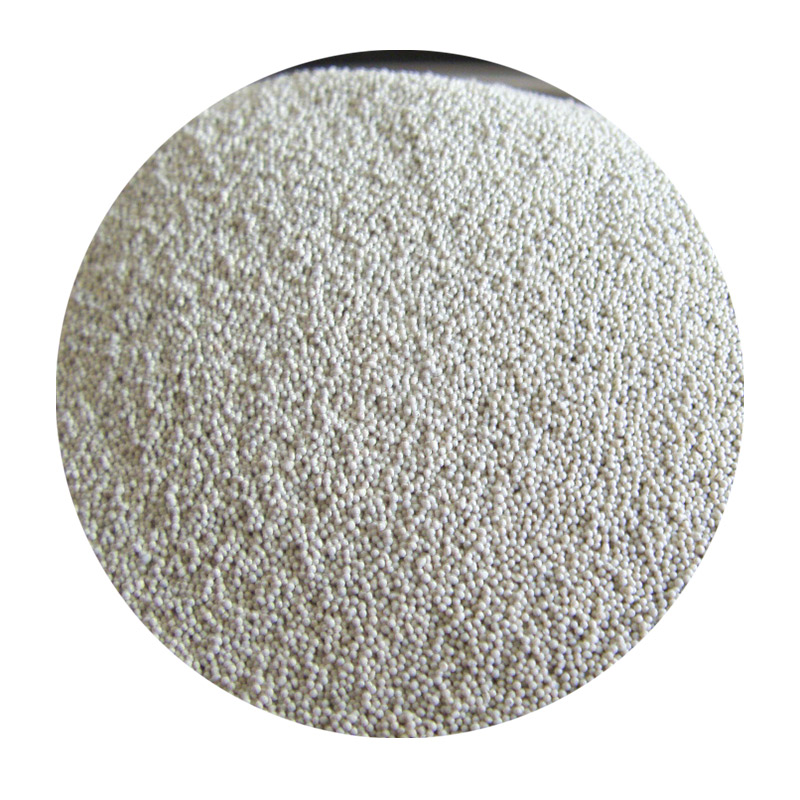Sanding Glazed Ceramics Techniques and Benefits
Sanding glazed ceramics is a specialized technique that combines artistry with precision, and it is widely used in both functional and decorative pottery. The glazing process adds a shiny finish to ceramics, enhancing their aesthetic value and making them more resistant to moisture. However, over time, various factors such as wear and tear, dishwashing, or accidental damage can mar the surface of these delicate items. Sanding can help restore the integrity and appearance of glazed ceramics, and understanding how to do it effectively is essential for both artists and collectors.
The primary reason for sanding glazed ceramics is to smooth out imperfections that can arise from manufacturing or damage. Chips, scratches, or uneven surfaces can detract from the visual appeal of a piece. Sanding can help even out these flaws, making the ceramic more visually pleasing and restoring its functionality. This is particularly important for ceramics used for food and drink, where a smooth surface can prevent bacteria from settling in cracks and crevices.
The process of sanding requires diligence and the right materials. First, it is crucial to select the appropriate grit of sandpaper. Coarse grit (around 80-120) can help remove larger imperfections, while fine grit (400-600) is better suited for polishing the surface without damaging the glaze. It is important to work gently and in a circular motion to prevent uneven surfaces. Additionally, using water with the sandpaper can help reduce dust and minimize scratches, ensuring a smoother finish.
sanding glazed ceramics

One of the major benefits of sanding glazed ceramics is that it can enhance the piece's longevity. By carefully removing flaws and creating a smoother surface, the life of ceramic items can be extended. Moreover, sanding can allow for the application of new glazes or finishes, giving old pieces a fresh look and an opportunity for creative expression.
For artists, sanding glazed ceramics can offer a chance to explore textures and finishes that are not achievable with a simple glaze application. It opens up a pathway to customized art pieces that embody unique aesthetics, adding a personal touch to ceramic creations.
In conclusion, sanding glazed ceramics is an important skill in pottery restoration and artistry. Whether for repairing damage or enhancing aesthetics, this technique contributes to the longevity and beauty of ceramic items. Restorative sanding not only revives the ceramics but also allows for enhanced creative expression, making it a valuable practice in the world of ceramics.
Post time:Ное . 19, 2024 15:34
Next:lost foam casting applications
